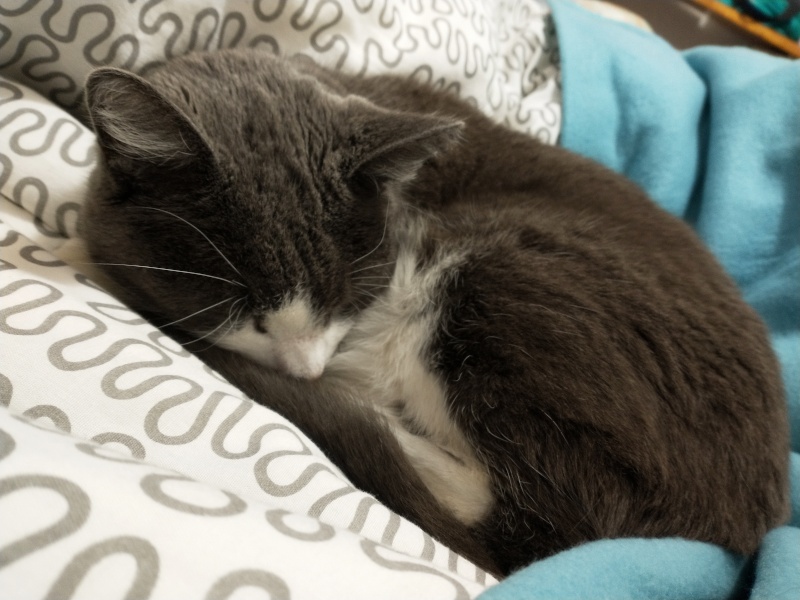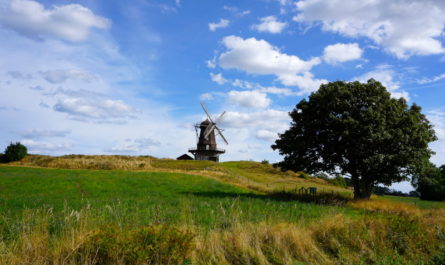27/05 – 12/07/2024
However, before that we had to study and practise hard for our English test and change accommodation in between. With a satisfactory test result in our luggage, we then set off to explore Perth and its surroundings. Our first point of interest was the Serpentine National Park, where a 3 kilometre walk took us up to Baldwins Bluff, from where we could not only enjoy the view of the valley, but also the fantastic weather.

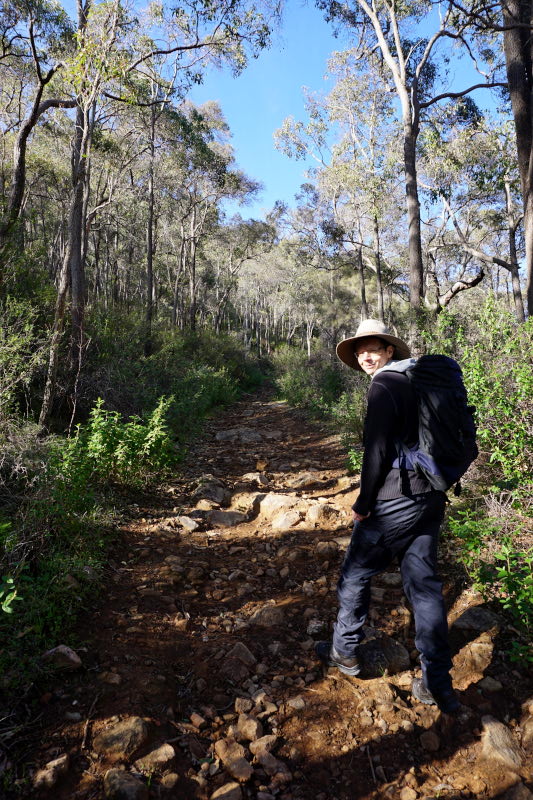
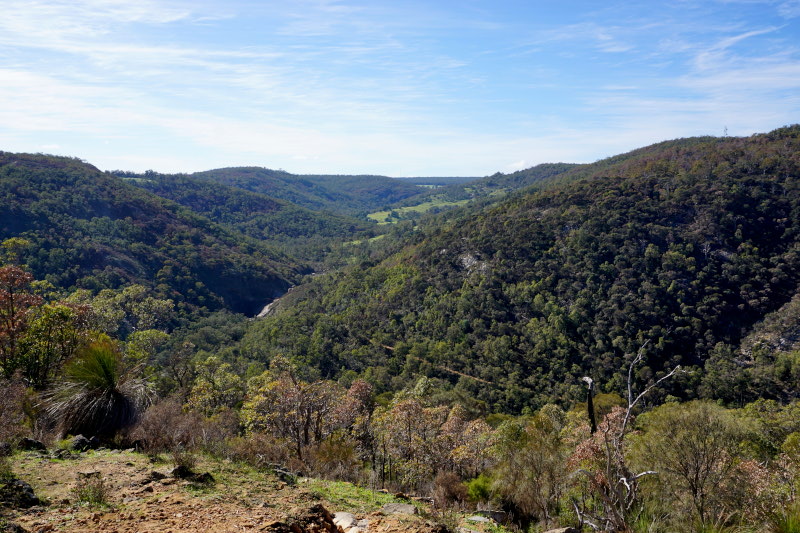

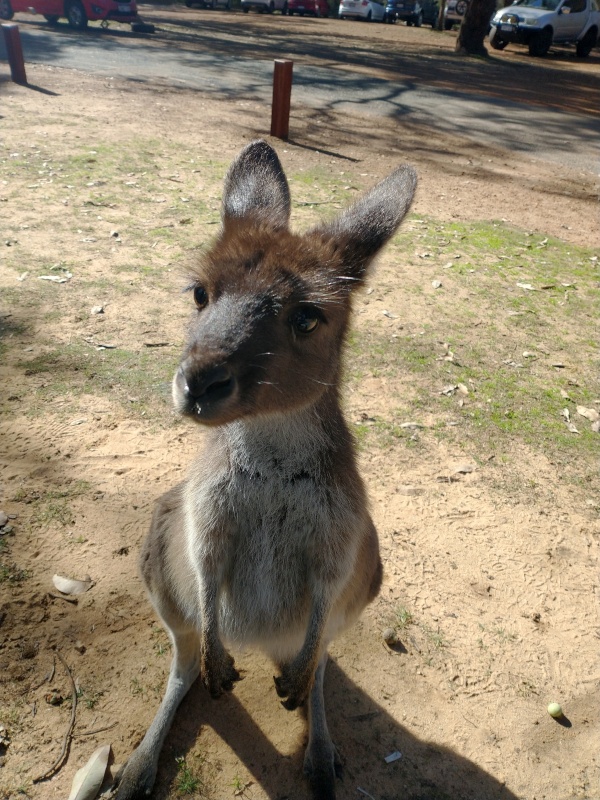
With the weather finally getting nicer again after two totally rainy days that had kept us indoors, we drove to Lake Clifton and marvelled at thrombolites. These structures, which look like stones, are actually living communities of microbacteria that extract calcium carbonate from the water and have thus created these 2000-year-old structures.



In John Forrest National Park we then hiked through pristine bushland and groves full of grass trees, a plant only found in Australia.



To round off our stay in Perth, we of course also visited the city centre itself. Even though Western Australia in particular was settled relatively late, there are still some interesting historical buildings to see. These included the oldest building in the city, the Court House, which was also used as a meeting hall, warehouse and even a school. We also took a walk through Kings Park, the huge city park, and came across a shingleback skink.






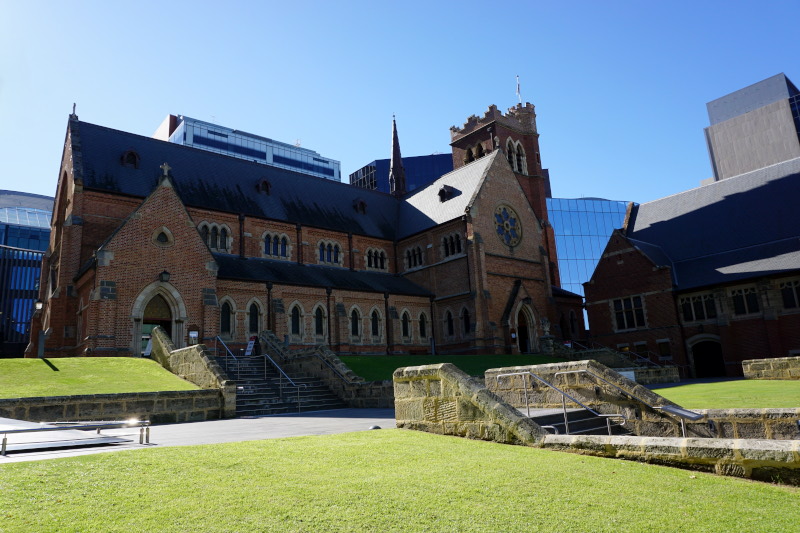





The next day we really got going. All our stuff was packed in the car and we headed north towards warmer temperatures 😉 The first pitch we chose was in the middle of the wilderness and the last 2 km to get there were on a track that would have been impossible to manage without a proper four-wheel drive vehicle. Deep, soft sand, uneven tracks with the one or other larger stone, just right for our “toy”.


After a quiet, but unfortunately rainy, first night in the rooftop tent, we travelled back the same way. This time, however, it wasn’t quite as relaxed as the day before. We threatened to get stuck in the sand twice, but with calm and skill (and despite our lack of off-road experience) we made it back to the sealed road without any assistance. 10 minutes later we arrived at Yanchup National Park and were greeted directly by grazing kangaroos. We then explored the various areas of the park on a 10-kilometre hike.



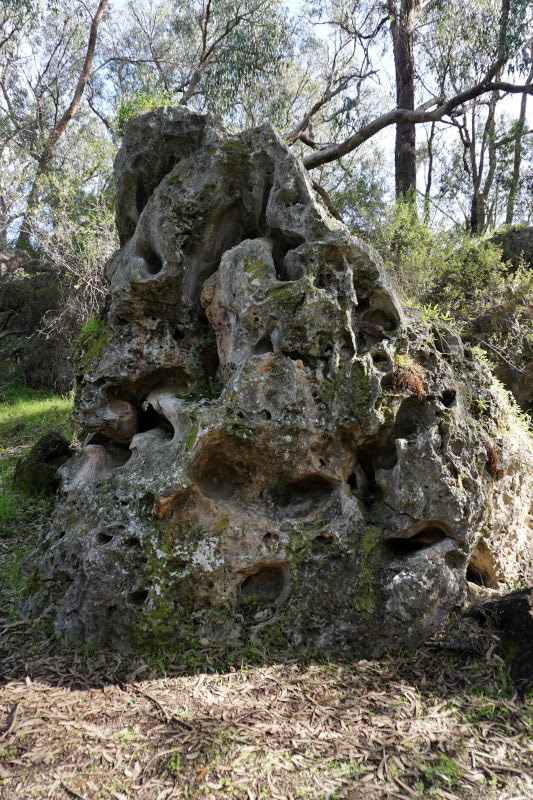



We visited the “Pinnacles” in Nambung National Park the following day. There are two theories about the origin of these bizarre-looking towers, but neither of them has yet been proven beyond doubt. They are either the solidified roots of trees or their trunks.


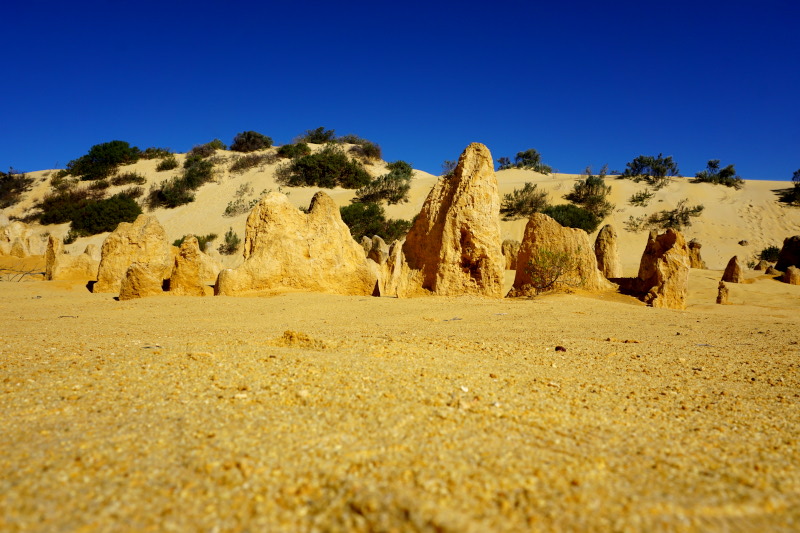



This was followed by a stop at Lesueur National Park for a short hike, before another long drive to the pitch lay ahead of us.



In Port Gregory, we were impressed by the unusual sight of Pink Lake. The pink colour of the water comes from a carotenoid-producing algae and the hue also varies depending on the time of day, cloud cover and season.


A 2-day visit to Kalbarri National Park was now on our list of activities. The coastal section of this huge nature reserve was literally on the way to our overnight stay on the first day and we were even able to watch humpback whales and dolphins from the cliffs.





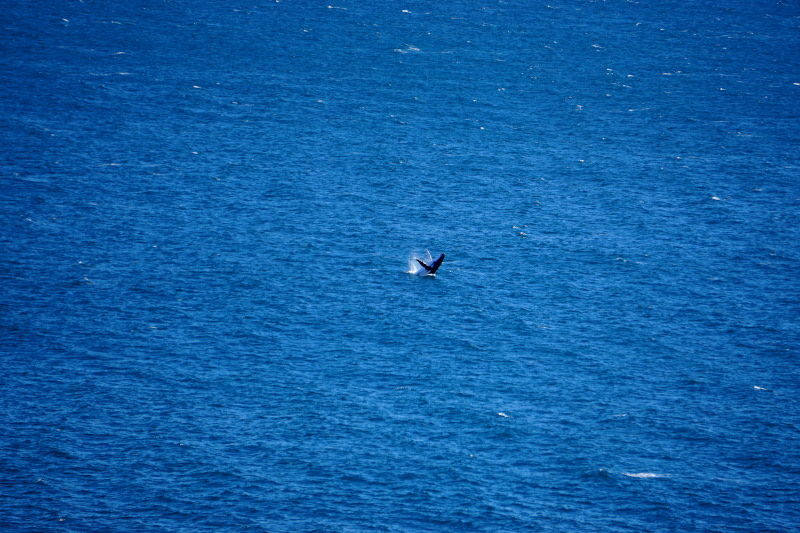







On the second day, we first descended into part of the gorge that the Murchison River has left in the landscape here. We then viewed the winding river from above from several viewpoints. We were also lucky enough to see a black-flanked rock-wallaby.

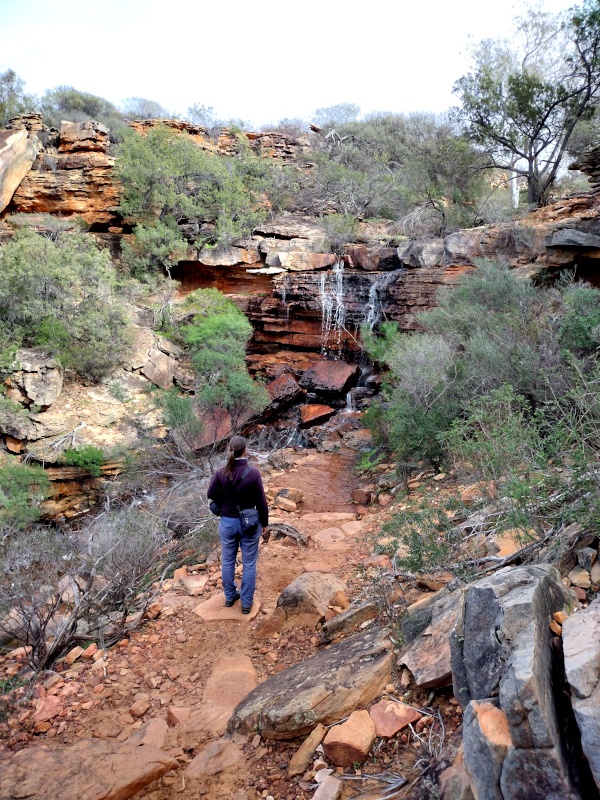


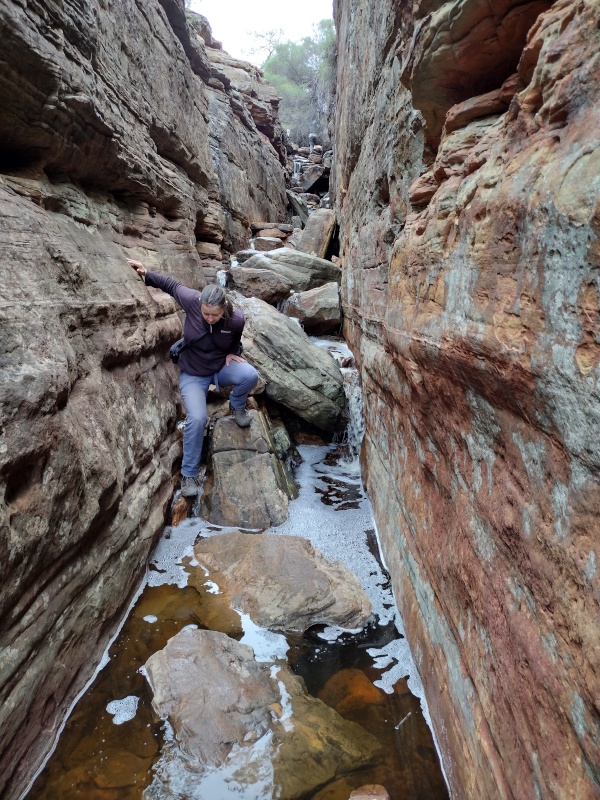









Unfortunately, we were a little unlucky at our next stop, as the national park (Francois Peron) was closed indefinitely on the day of our arrival due to rain. It was a real shame, because you are only allowed to drive four-wheel drive vehicles in this park and we had been looking forward to an exciting drive along sandy tracks. But at least we were granted a short off-road route on the banks of a lagoon in the area.

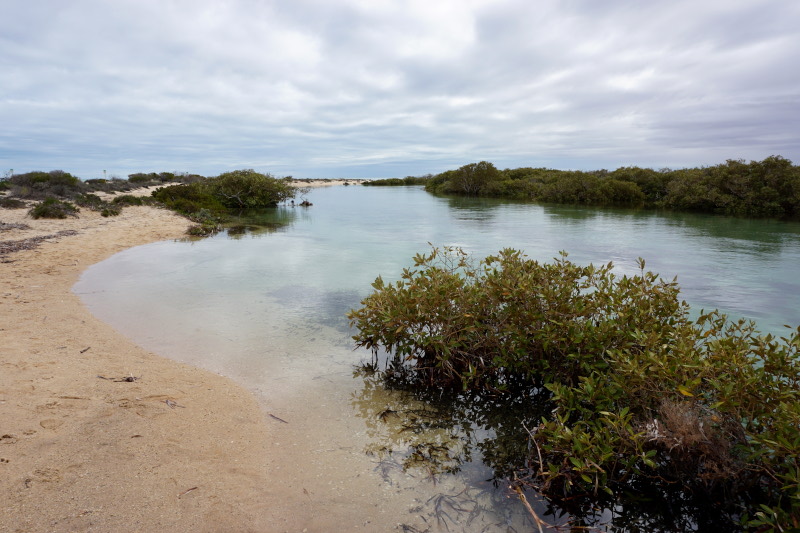

As promised, here are a few more detailed glimpses of our “home” for the coming months.


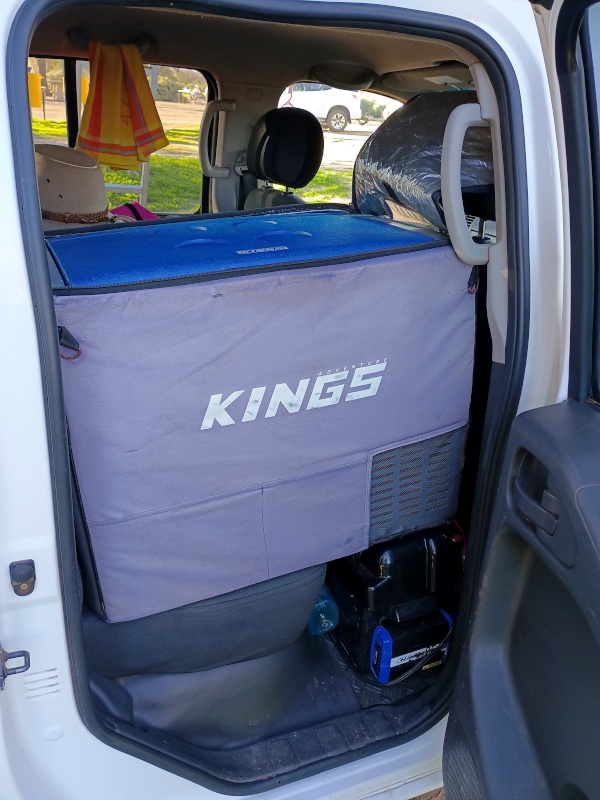






Well, that’s all from us for now. Sunny greetings from Carnarvon, Western Australia.



